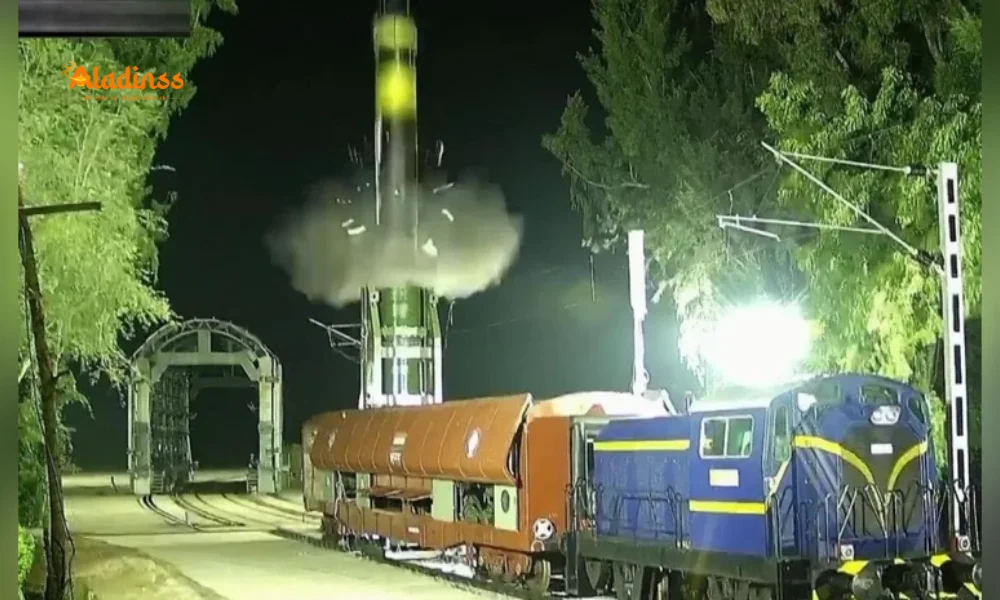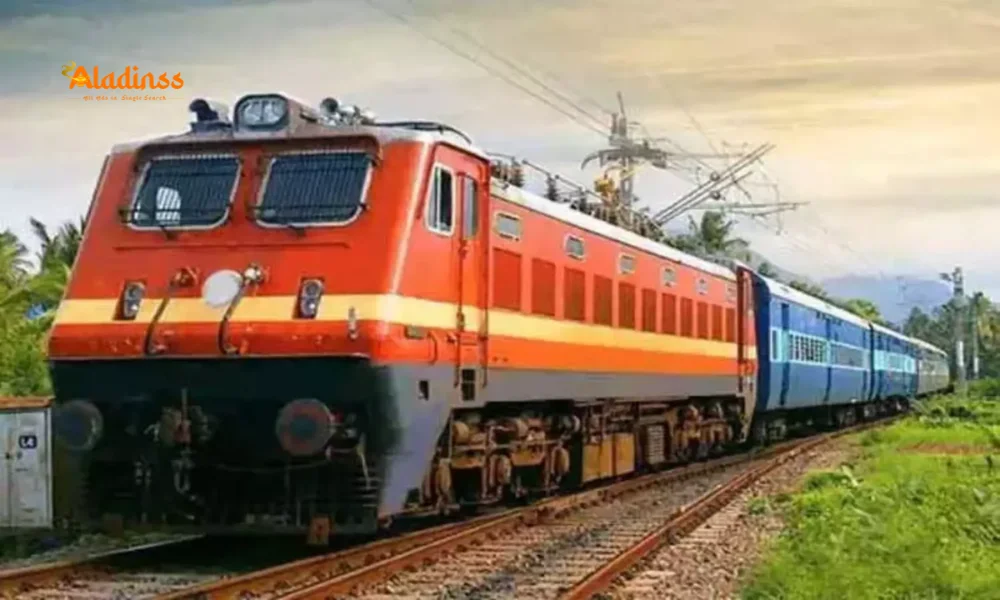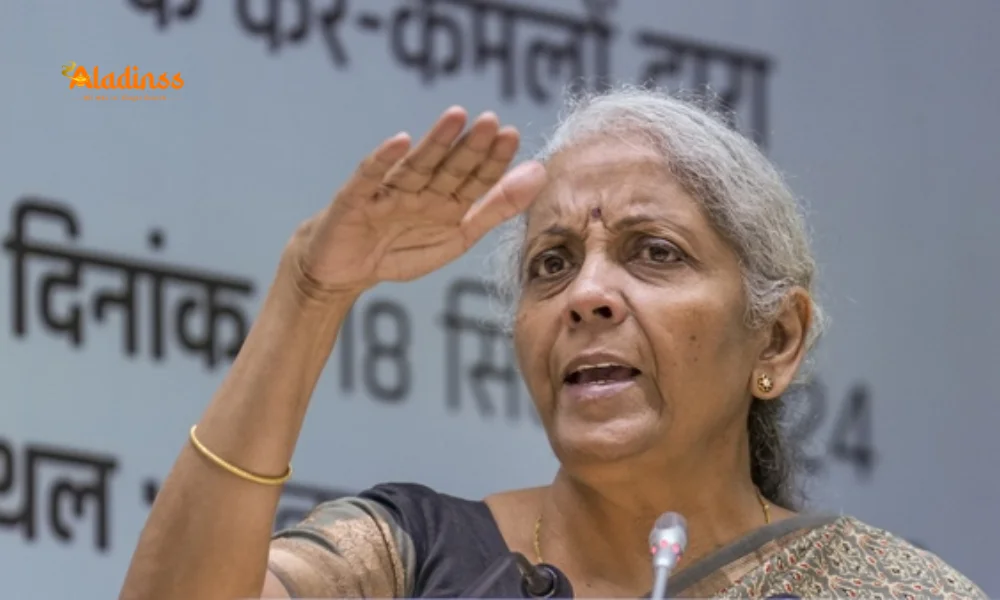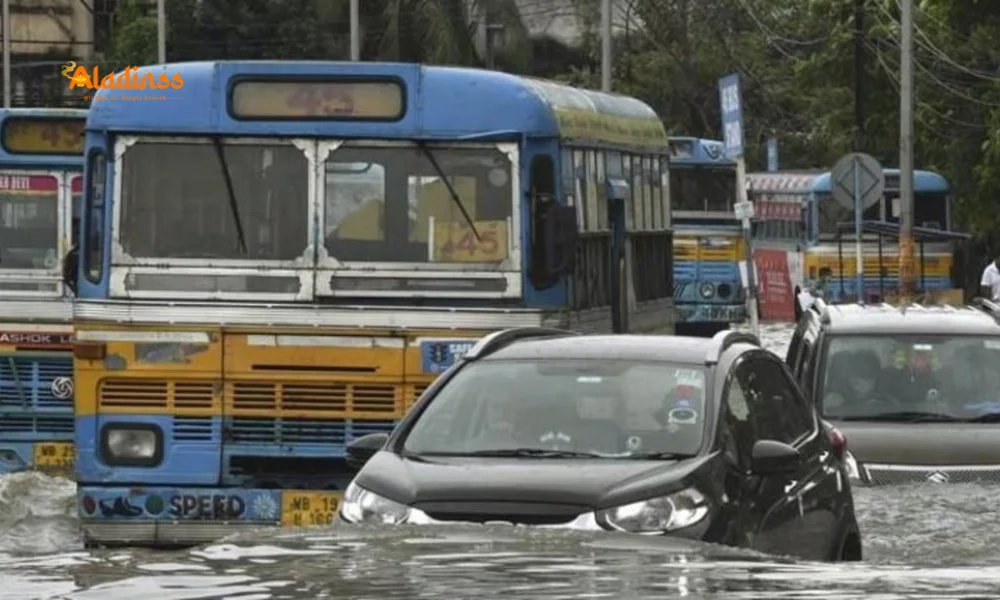Agni Prime Train Launch: India's Rail Missile Milestone

India Achieves Milestone: Successful Rail-Based Launch of Agni-Prime Missile
In a groundbreaking advancement for India's defense technology, the Defence Research and Development Organisation (DRDO) has conducted the first-ever Agni Prime missile train launch on September 24, 2025, elevating the nation's strategic capabilities. This nuclear-capable intermediate-range ballistic missile, with a strike range of up to 2,000 kilometers, was fired from a specialized rail-based mobile launcher, marking a significant step in DRDO missile developments 2025. The test, hailed as a "textbook success" by Defence Minister Rajnath Singh, integrates advanced features like canisterized deployment for rapid response, positioning India among elite nations with such versatile systems. As superpowers like Russia and China refine their arsenals, this innovation underscores India's self-reliant push in Indian ballistic missiles, enhancing deterrence amid regional tensions.
The launch from an undisclosed rail location demonstrates seamless integration with India's vast railway network, allowing concealed mobility and quick deployment. This canisterised system, lighter and more maneuverable than predecessors like Agni-1 and Agni-2, ensures high precision targeting, bolstering the Strategic Forces Command's (SFC) operational flexibility.

Key Features of the Agni-Prime: A Next-Generation Powerhouse
The Agni Prime missile features represent a leap forward in Indian missile technology. Weighing significantly less than earlier variants, this two-stage, solid-fueled system incorporates composite materials for enhanced portability. Its advanced guidance ensures pinpoint accuracy, even under adverse conditions, with terminal maneuverability to evade defenses. The rail-mobile launcher, developed in collaboration with Indian Railways, blends into civilian traffic, offering cross-country mobility without preconditions.
Equipped for nuclear or conventional payloads, Agni-Prime's 2,000 km reach covers key threats in South Asia and beyond. DRDO's canister design protects the missile from environmental factors, enabling launches in under minutes, a critical edge in high-threat scenarios.
- Range and Payload: Up to 2,000 km with 1,000 kg warhead capacity.
- Mobility: Rail and road compatible for stealthy positioning.
- Guidance: Inertial navigation with ring laser gyro for precision.
- Launch Time: Rapid canister ejection for quick reaction.
This test follows successful road-mobile trials, validating the system's versatility. Senior DRDO officials noted it as a "force multiplier" for SFC, aligning with India's no-first-use nuclear doctrine.
Historical Context: From Soviet Pioneers to India's Rail Innovation
The concept of rail-based missile launchers traces back to Cold War strategies. The Soviet Union's RT-23 Molodets in the 1980s revolutionized mobility, deploying ICBMs on disguised trains to evade US detection. These railcar systems, capable of carrying multiple warheads, traversed vast networks, ensuring survivability against preemptive strikes.
The US countered with the Peacekeeper Rail Garrison program, building 25 specialized trains in the 1980s. These blended with freight traffic, dispersing during alerts to confound satellite surveillance. Though decommissioned post-Cold War, they highlighted rail's strategic value.
Global Parallels: China's DF-41 and North Korea's Train Tests
China advanced the technology with the DF-41 ICBM's 2016 canister test, enabling rail and road launches for 12,000 km reach. This MIRV-capable system bolsters Beijing's second-strike posture against US carriers. North Korea, emphasizing rail mobility, fired KN-23 missiles from trains in 2021 and 2022, showcasing tactical deception amid sanctions.
India's Agni Prime rail launch significance mirrors these, but with indigenous flair. Unlike fixed silos, rail platforms evade tracking, ensuring credible deterrence. DRDO's integration of Agni-Prime with this system addresses gaps in rapid deployment, vital against agile adversaries.
Strategic Implications: Elevating India's Nuclear Deterrence
The Agni Prime missile strategic importance lies in fortifying India's nuclear triad—land, air, sea. This rail variant enhances second-strike viability, complicating enemy preemption. With SFC's oversight, it integrates into Agni series operations, from Agni-1's 700 km to Agni-V's 5,000+ km.
In a volatile Indo-Pacific, Agni-Prime counters China's DF-21D anti-ship threats, projecting power without escalation. Its canister protection extends shelf life, reducing logistics burdens for forward deployments.
DRDO's Role in Self-Reliant Defense: From Concept to Reality
DRDO's journey with Agni missile series India began in 1989 under IGMDP, evolving from technology demonstrators to operational assets. Agni-Prime, the sixth variant, incorporates lessons from Agni-IV's composites and Agni-V's MIRV tech, slashing weight by 50% over Agni-3.
Collaborations with SFC and Indian Railways exemplify Atmanirbhar Bharat, minimizing imports. Future upgrades may include hypersonic gliders, aligning with Agni-VI's ICBM ambitions.
- Indigenous Components: 90% local sourcing for electronics and propellants.
- Test Bed: Integrated Test Range, Chandipur, for repeated validations.
- Training Integration: SFC drills for rail ops in diverse terrains.
- Export Potential: Showcased at DefExpo for global partners.
Technological Edge: Canister and Mobility Innovations
The canisterised Agni Prime missile seals the weapon against moisture and dust, enabling all-weather readiness. Rail launchers, fitted on standard wagons, traverse 68,000 km of tracks, dispersing during crises like Soviet models.
Advanced avionics, including GPS-independent inertial systems, ensure precision strike capabilities India. This dual road-rail setup rivals US Pershing II's mobility, but at lower costs.
India Joins Elite Club: Comparing with Global Rail Systems
With this feat, India enters the countries with rail-based missile systems league, alongside Russia (SS-24 Scalpel), China (DF-41 variants), and North Korea. The US's retired Peacekeeper offered 50 warheads per train, but India's focus on canister simplicity suits asymmetric threats.
Russia's current SS-27 trains maintain 11,000 km ICBM reach, while China's rail tests emphasize stealth. India's Agni-Prime, at 1,500 kg lighter, prioritizes agility over payload, fitting regional needs.
Future Prospects: Integrating into Broader Arsenal
Post-test, Agni-Prime eyes induction by 2026, complementing BrahMos and Nirbhay. DRDO plans MIRV upgrades, extending to Agni-V's 7,000 km. Rail networks could host multi-missile trains, enhancing saturation strikes.
Geopolitically, it counters Pakistan's Shaheen-III and China's Eastern Theater expansions, reinforcing Quad alliances. Budget 2025 allocations boost such projects, targeting 100% indigenization.
- MIRV Potential: Multiple warheads for dispersed targeting.
- Submarine Pairing: K-15 Sagarika synergy for sea-based rails.
- Export Angle: Showcasing at Aero India for BRICS partners.
- AI Enhancements: Autonomous guidance for contested environments.
Challenges and Triumphs in DRDO's Missile Odyssey
Developing nuclear capable Agni Prime overcame propulsion hurdles, with solid-fuel innovations from Agni-3 trials. Sanctions in the 1990s spurred self-reliance, turning ISRO tech into military assets.
Tessy Thomas, Agni project director, lauded the team's resilience. This rail test, amid 2025's hypersonic pushes, cements DRDO's global stature.
Boosting Atmanirbhar Bharat: Economic and Strategic Gains
The Agni Prime indigenization India drives MSME growth, employing 10,000 in Hyderabad labs. Exports could hit Rs 50,000 crore by 2030, per Raksha Mantri.
Strategically, it deters adventurism, echoing 2019 Balakot's resolve. Rail integration leverages 1.3 million km network, a unique asset versus China's terrain limits.
Expert Views: A Deterrent Multiplier
Analysts term it a "game-changer," enhancing no-first-use credibility. Unlike Russia's fixed silos, India's mobile triad—road, rail, sub—offers layered defense.
Future tests may validate hypersonic boosts, pushing ranges to 3,000 km. This positions India as a rising superpower in missile defense systems India.
As Rajnath Singh noted, it joins select nations in rail canister tech, a testament to visionary leadership and scientific prowess.
The launch not only validates years of R&D but ignites aspirations for Agni-VII, ensuring India's voice in global security dialogues.
Comment / Reply From
No comments yet. Be the first to comment!










